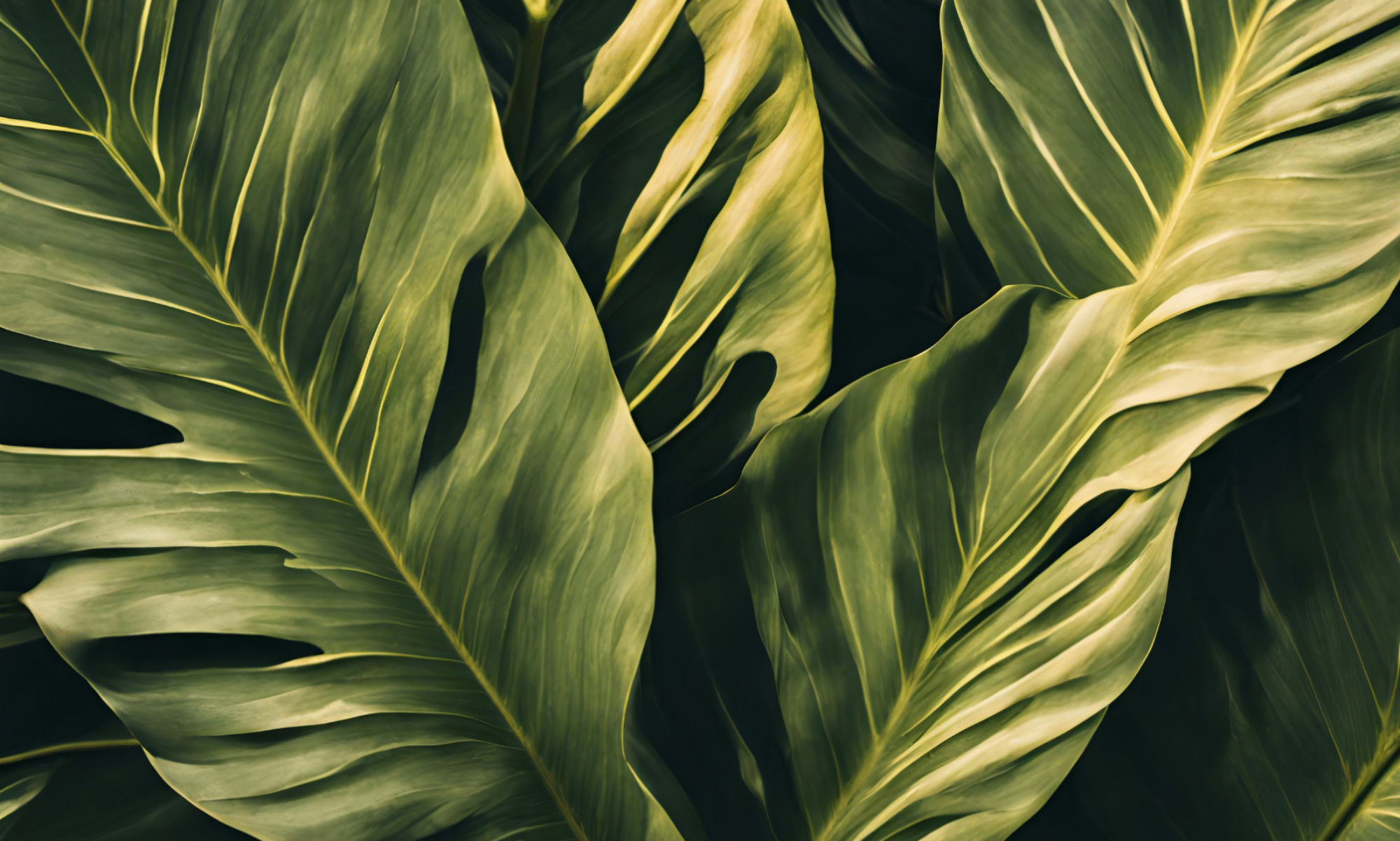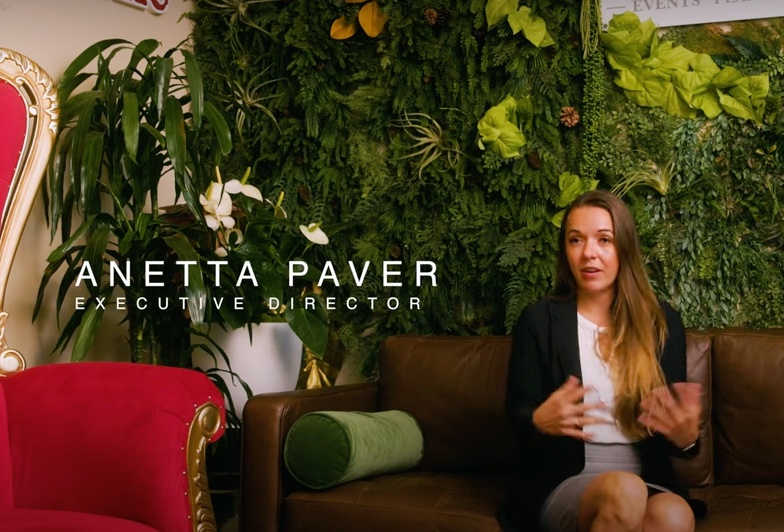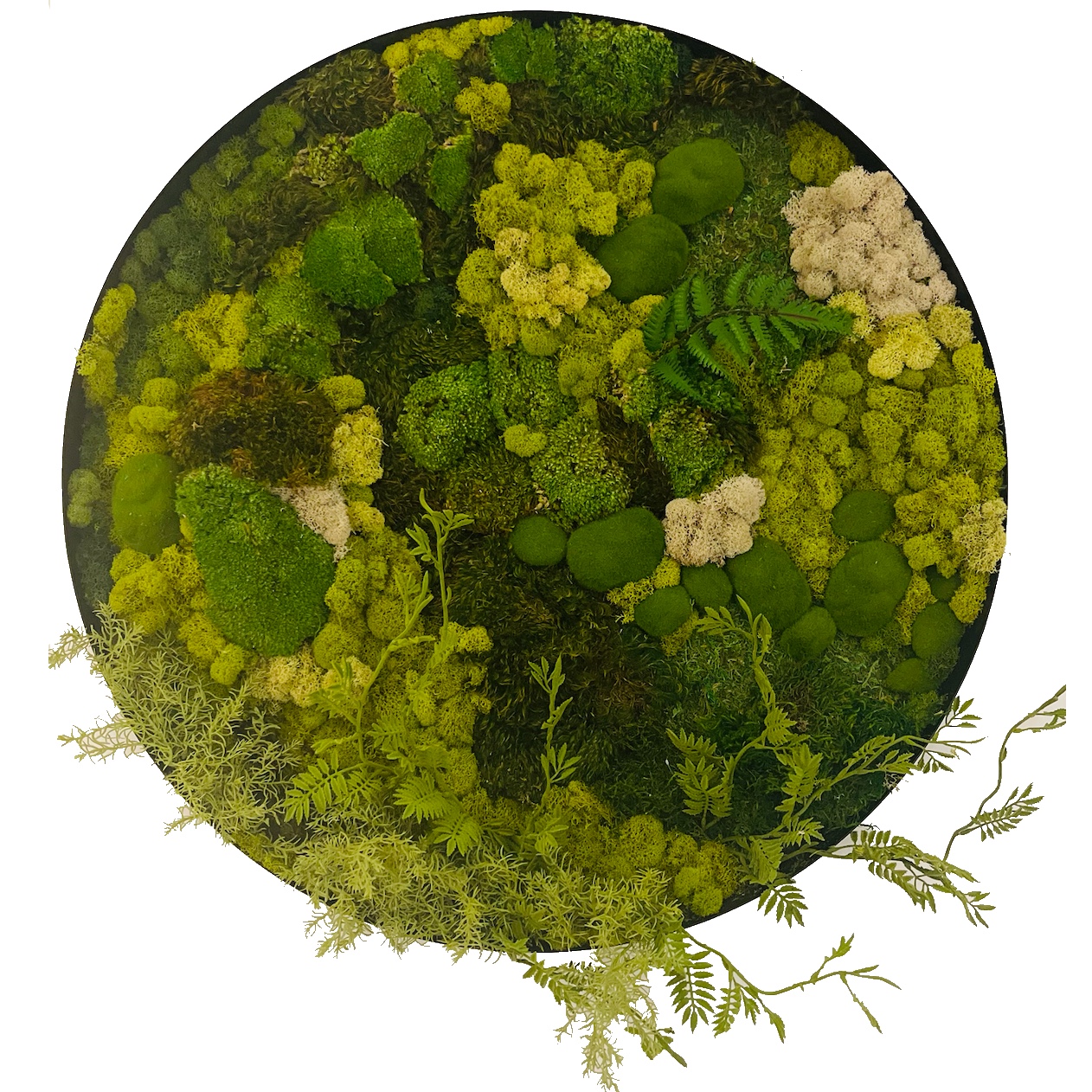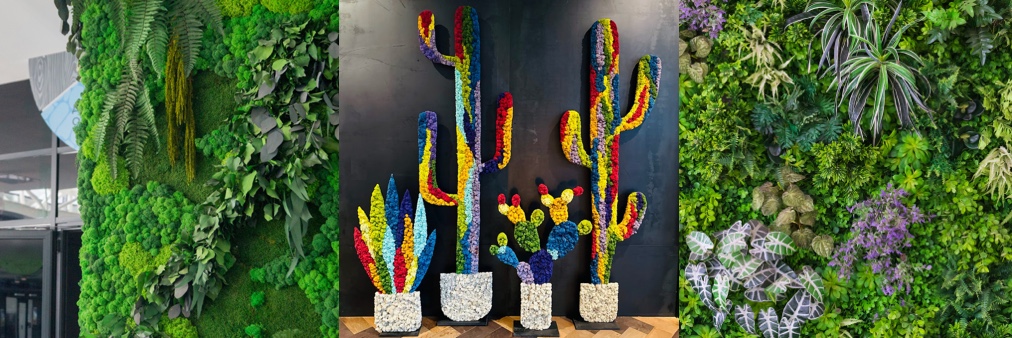While both concern plants, the differences between landscaping and plantscaping are profound and very different areas of expertise.
“Our exterior looks great, but our interior plants are dead, again. What gives?”
We hear it time and time again – companies hiring landscapers to maintain their interior plants. From a non-horticulturist’s perspective, it may seem unnecessary to engage two separate vendors in caring for their greenery. Plants are plants – they need water, sunlight, some trimming, and fertilization, right?
This is shockingly not true, as landscaping and plantscaping are two different areas of expertise. The differences in landscaping (which usually requires a shovel to dig directly into the ground) and plantscaping (any interior, and exterior in freestanding containers) are subtle, yet crucial. From installation to maintenance, several key factors will determine the lushness and longevity of your interior garth.
Differences in Landscapes and Plantscapes
Planters, Design Style & Plant Selection
Selecting the right plant and container for the right space can be tricky. In some cases, the goal is to have plants accentuate the existing design, and in other cases, the plants ARE the design. In addition to taking the desired foliage theme into consideration (ex. tropical, desert, Mediterranean, Japanese Zen, woodland, among many others), plantscape designers weigh a variety of interior conditions. While factors like sunlight and airflow are both important to consider in landscaping and plantscaping, there are a few more considerations to take into account when planting indoors. Details such as frequency of use of the space, amount of humidity, location and direction of central air vents, and the risk of undesired elements (such as diet coke or cigarette butts…) are extremely important and often overlooked by landscapers.
Planting & Installation
While exterior plants are direct-planted either into the ground, or directly into their freestanding containers, interior plants are kept in their grow pots, protected with plant saucers, and secured in their container to prevent them from falling over during maintenance (or being bumped into). This process is a critical step to ensuring plants have the proper drainage and can breathe correctly, thus setting them up for long-term success. The positioning in their containers is also carefully determined, so plantscape technicians can access and check on all parts of the plants at all times. It also allows for quick, easy and mess-free fixes or replacements.
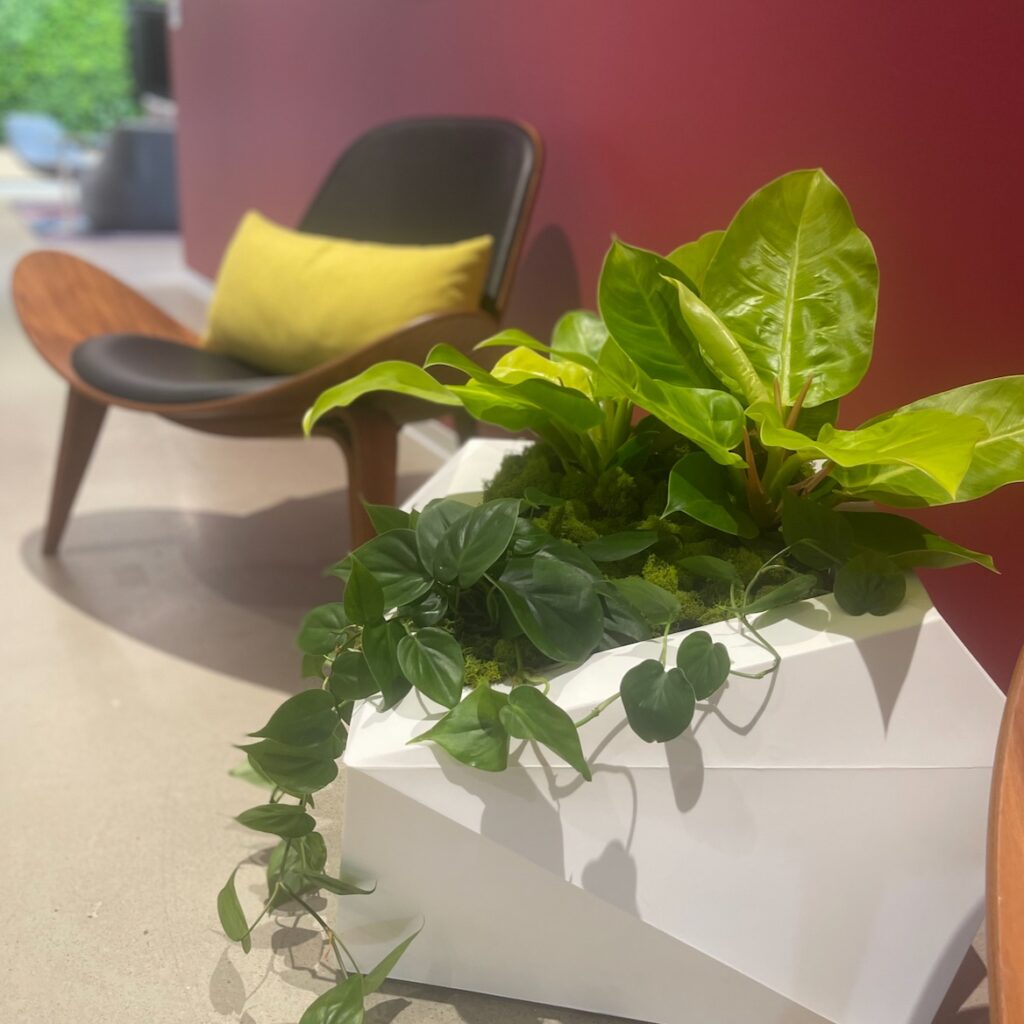
Maintenance, Maintenance, Maintenance
Watering. Assuming drainage is set up correctly, exterior plants should not easilty be overwatered (since we can’t control the rain!), yet the best way to kill an interior plant is by overwatering. Interior foliage requires careful control over the amount of water, process in which it is applied (ex. Directly into soil, misting the leaves or into the plant saucer) and often even the type of water (ex. too much fluoride in the H2O can turn plant tips brown).
Pest Control. Plantscape technicians are trained to look for plant pests, which, to an untrained eye, can be hard to spot. The method of addressing unwelcome critters varies significantly between interior and exterior plants and using the right methods and products is key. Spraying pesticides that leave a lingering smell can be highly unappealing for us humans, while systemic and chemical pesticides must be used with caution, as humans, birds and other animals can spread the toxicity throughout the environment.
Cleaning. Thanks to the wind and rain, we don’t see many exterior plants requiring frequent rub-downs, but interior plants sure do! Like everything indoors, plants are exposed to dust mites, hair and skin cells, thus requiring frequent cleaning. Lack of proper cleansing can affect their ability to pull oxygen and sunlight through their leaves and down to their roots.
Soil, Fertilization, Grow Pot Sizes and Trimming. Just because it looks and smells like soil, doesn’t mean it’s the right type for the job. Certain plants need a unique soil blend (sometimes they prefer setting their roots into lava rock!), and require various fertilization schedules. Furthermore, depending on the plant and the aesthetic goals, interior plants may need to be re-potted into larger (or sometimes, smaller), grow pots to control their development, and each plant has their own preferences for how they are trimmed. For instance, some prefer to be cut by the nodes, and others at the base, while others would rather be handled by sharp sheers.
When to call an Interior Plantscape Company
While it may be overkill to greet a plantscape technician every week to maintain a single snake plant, thresholds do exist. Here are a few tell-tale signs on when to call the interior professionals:
If you have five or more indoor plants.
Though some dependencies (ex. the types and sizes of plants) may weigh into this equation, paying one vendor to maintain the interior plants and another to handle the exterior landscape will not only keep replacement costs down (or non-existent), but ensure the ongoing vibrancy of your interior foliage.

If looks matter.
If your venue is known for its aesthetics, better not risk it. Interior plantscape technicians are trained to care not only for the vibrancy and health of the plant, but ensure the containers and surrounding area is clean and free of debris.
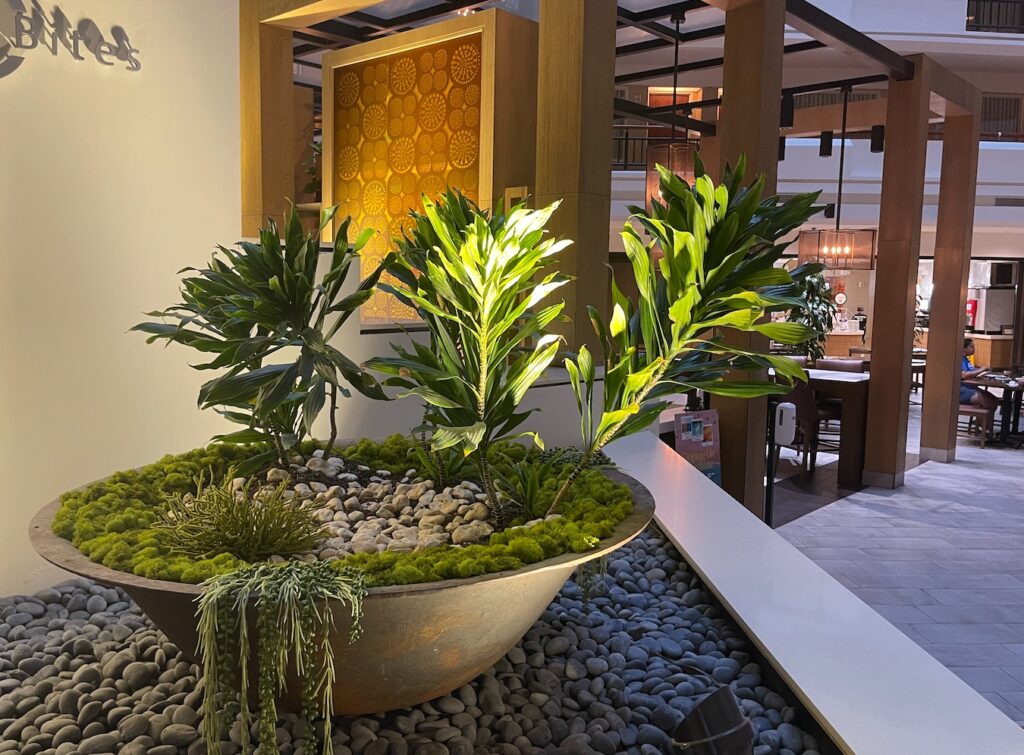
If you want to clear your mental space of the plant headache.
It’s not rocket science, but it is plantscape science. Unless you have someone with the time, skill and desire to learn the ins and outs of planting, watering, trimming, fertilizing, proper pest control for all the plants in your space, and/or you want to take dead plants off your list of burdens, it may be time to make the call.

